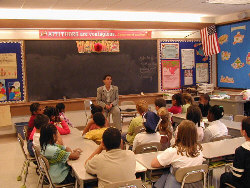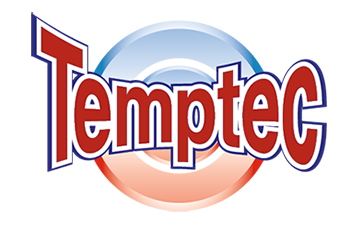K-12 Education

The grades are in: a 2006 national report, Greening America’s Schools, concluded that environmentally friendly school buildings lead to lower operating costs, improved test scores, and enhanced student health. The report, produced by Capital E and co-sponsored by The American Institute of Architects (AIA), concluded that environmentally friendly schools save an average of $100,000 each year. The study examined 30 green schools built between 2001 and 2006, and determined that the total financial benefits of green schools are 20 times greater than their initial cost difference. Measurable benefits include energy and water savings, improved student health and higher test scores.
The findings indicate that there are tremendous benefits from energy efficient school design, not only from an economic standpoint, but also from improved test scores and far healthier environments through improved air quality. Among the study’s conclusions:
- On average, green schools use 33% less energy and 32% less water.
- Green schools typically have better lighting and indoor air quality, which contribute to fewer sick days.
- A study of Chicago and Washington D.C. schools concluded that better facilities could add 3 to 4 percentage points to a school’s standardized test scores.
Where could it be more important to have cleaner air than in our schools? The key to cleaner, healthier air is as simple as A-B-C. Removing the harmful particles and chemicals from the air we breathe provides:
High Efficiency Air Cleaning – Dynamic Air Cleaners remove dangerous airborne particles that other air cleaning systems miss…including odors, VOCs, smoke, bacteria, allergens, fine dust, molds and pollen…without producing any harmful ozone.
Increased Attendance – Studies document the correlation in the reduction of absenteeism to cleaner air in schools [Pennsylvania grade school – 46% reduction in absenteeism].
Lower Energy Costs - The conventional approach to air quality in schools, as specified in ASHRAE Ventilation Standard 62, is to introduce fresh, outside air, to dilute contaminants. The amount of outside air depends on the number of building occupants. Most school HVAC systems are designed for 15 CFM per person. This can be costly, in terms of conditioning outside air, and sometimes ineffective, when the outside air is polluted. Cleaning the air, rather than diluting it, can save energy…and money. With Dynamic Air Cleaners, outside air requirements can be cut in half…or even to a third - under the guidelines of ASHRAE Standard 62 IAQ Procedures. And Dynamic Air Cleaners have lower static pressures than other high efficiency air cleaners.
Ease of Maintenance - Dynamic Air Cleaner media pads last longer than conventional passive filtration; extending change-out intervals, and saving labor costs. Maintenance personnel like Dynamic media pads because they are lighter and less bulky than bag or cartridge filters, and are easier to handle. And Dynamic Air Cleaners protect the HVAC equipment by eliminating particles upstream of the coil.
Versatility – No other air cleaners offer the same versatility when it comes to application in the types of HVAC equipment used most frequently in schools. Dynamic Air Cleaners can be applied to: packaged terminal units, unit ventilators, rooftop units, water-source heat pumps, and large custom air handling units.
Mold Prevention - Dynamic Air Cleaners reduce the risk of potential mold problems by removing mold spores from the air stream, as well as sub-micron particles, which can provide a food source for mold growth. And Dynamic Air Cleaners help stop the spread of airborne bacteria.
Dynamic Air Cleaners provide a performance-based specification that allows CosaTron, Bio-climatic, and other commercial air cleaning systems to be used as approved equals.
And some states, such as North Carolina, cover up to 100% of the capital equipment cost for any equipment used in schools and universities that provide energy savings within specified payback periods. The payback period in North Carolina, for example, is seven years.
The net savings on using Dynamic Air Cleaners can often generate a return on investment of three to five years.





